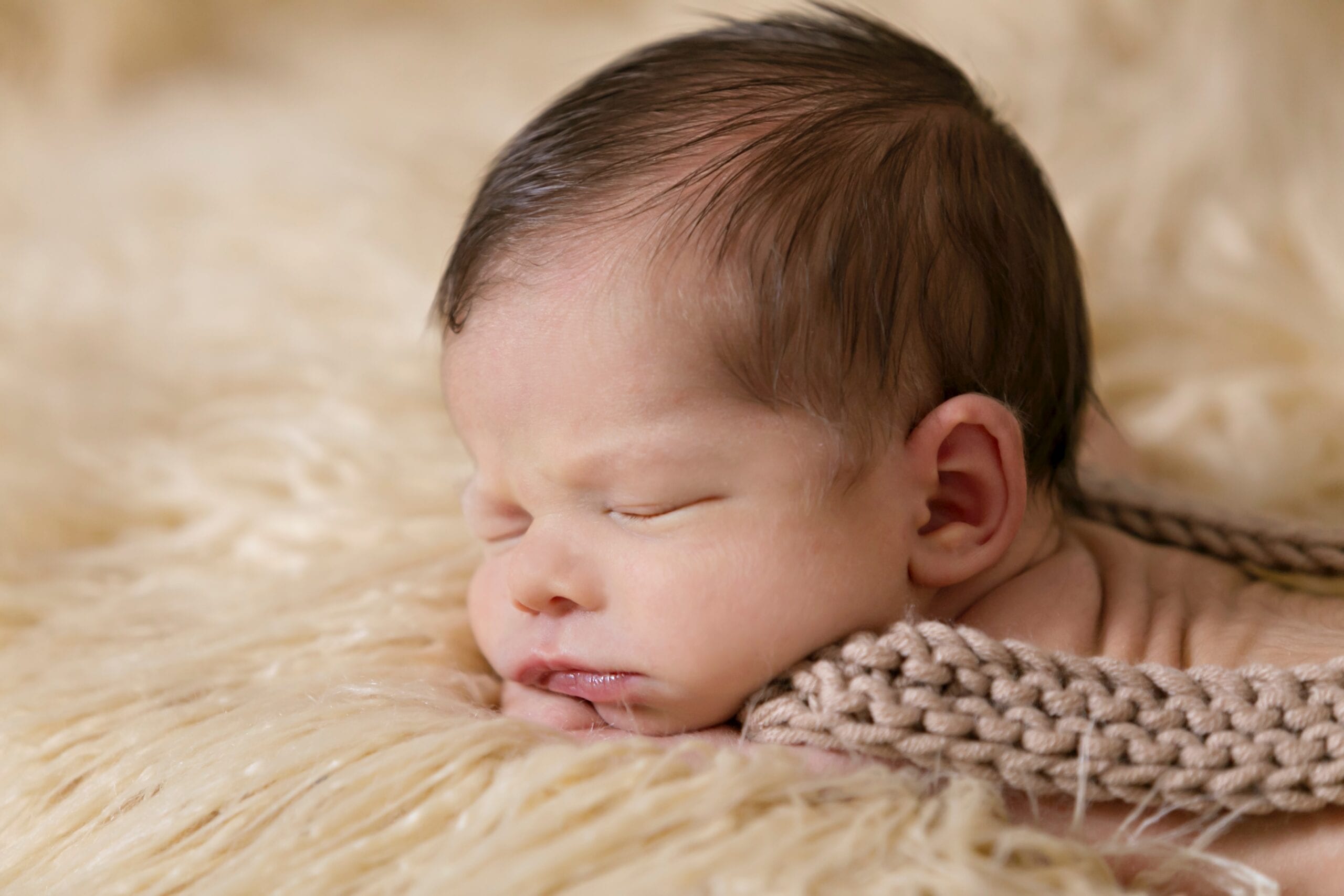The common phrase “Sleep like a baby” conjures up images of a baby in a peaceful, deep sleep for many parents.
But in reality, babies twitch, gurgle, stop breathing, flick their arms, and crying out in their sleep. All behaviors are natural, and twitching is most likely the result of the REM or Moro reflex.
A study explains how the twitches that babies show during sleep can be helpful in their motor development. These incidents of baby twitching in sleep have been related to sensory-motor development.
This means when your sleeping baby twitches, they’re activating circuits in their brains. Animal study shows that activating these circuits teaches children’s brains about their limbs and what they can do with them. Think of it as a sensory input processing and a mapping of the type of sensor motor system.
What is this sleep twitching?
While it doesn’t feel like you wake up in the middle of the night for the fourth time, the baby actually sleeps a lot. You can count about 14 to 17 hours a day.
You’re going to spend some of your time wishing those hours were consecutive, and some of that time, just watching your baby sleep, just for the absolute pleasure of it.
That’s when you’re likely to notice your baby twitching to sleep. Here’s the right term for twitches: sleep myoclonus (Thanks to the Greek language: myo for muscle and clonus for twitching).
Normally, these twitches are perfectly normal. In fact, some researchers claim that these myoclonic twitches help babies turn their rudimentary movements into coordinated movements.
There are two types of sleep twitches:
- Myoclonic twitches which is caused by rapid muscle contractions. This is considered to be positive myoclonus.
- Myoclonic twitches which is caused by muscle relaxation. It’s negative myoclonus.
If you’ve ever been on the verge of sleep and unexpectedly felt your body jerk, shocking you, you’ve experienced a sort of myoclonus — a hypnagogic jerk. Another form of myoclonus that you’re likely familiar with? Hiccups.
What causes twitching in sleep?
REM Cycle
Babies dream just like adults do, which means they have REM, or rapid eye movement, during a dreaming cycle.
Your newborn’s face will twitch during the REM cycle. She’s also likely to breathe irregularly, snort, whimper, and jerk her hands and legs. Don’t worry; babies are going to have less REM sleep as they grow older.
After about two to three months, the order will change so that, as they grow older, they will cycle through all non-REM stages before entering REM sleep. This pattern is going to last through and into adulthood.
As she grows older, the amount of REM sleep decreases, and her sleep will generally be calmer. At the age of three, children spend one third or less of their overall sleep time in REM sleep.
The Moro Reflex
The Moro Reflex is another cause of twitching or extreme motions in newborn sleep.
Babies are born with a set of reflexes, but the Moro reflex is the most alarming to be witnessed by new parents. When a baby is startled or senses he is falling or thinks he’s slipping, he will flail his arms out to the side, jerk suddenly, and maybe crying out.
What to Expect: The First Year, Like many other reflexes, the Moro is probably an integrated survival mechanism designed to protect vulnerable newborns; In this case, it is probably a primitive attempt to recover the perceived loss of balance.
Again, don’t be alarmed if you see your child doing this. It would be abnormal if he’d never displayed the Moro Reflex.
When is twitching in sleep a concern?
In certain cases, when the twitches were especially pronounced, parents had taken perfectly healthy babies to the hospital for evaluation. So how should you know if your child’s sleeping twitches are a natural part of the development or signal something you should be worried about?
Here is an easy indicator. If twitching stops soon after waking up, it is likely to cause harmless myoclonic twitches. They’re not going to continue when the baby isn’t asleep.
- If your child is experiencing twitching or stiffening while he or she is awake, you might be dealing with a seizure problem such as:
- Babyile spasm. These start between 2 and 12 months of age. You’ll see a lot of jerks followed by stiffening.
- Benign familial neonatal convulsions. They’re starting in the first few days of life. They normally stop at 6 to 9 months of age.
- Febrile seizures. These take place during sickness, accompanied by a rapid temperature rise.
- Epilepsy. Epileptic diseases can also cause seizures. Take your concern out to your doctor if you believe there is another reason behind your baby’s twitches. If you can, get the video movements so that the provider can see examples during the evaluation process.
Solutions
While there’s no stopping a baby’s REM cycle (and she probably has a nice dream anyway), swaddling your little one while she’s sleeping will keep her feeling secure, making it less likely that her Moro Reflex will be triggered. To swaddle a baby:
- Lay a blanket down in diamond shape with the corners at the top, bottom, and sides.
- Fold the top corner and bring the baby down on the blanket with the head above the fold.
- Take the bottom corner up and tuck it under the right side (between her body and the blanket).
- Take the right corner of her body and tuck it under her left hand (keep her arms tucked in).
- At last, tuck the left corner around her body and tuck under her right hand (between the blanket and the crib mattress).
And, note, you want the blanket to be snug because a baby just spent nine months in a small, snug womb.
Takeaway
From the robotic study, researchers also found support for ideas that twitches are a way to program the brain. When twitches are mimicked in robot versions of the musculoskeletal system, their neural pathways are organized.
So, when your child is sleeping and you enjoy a well-deserved break, remember that your little one is still hard at work on their development.
Top of Form


